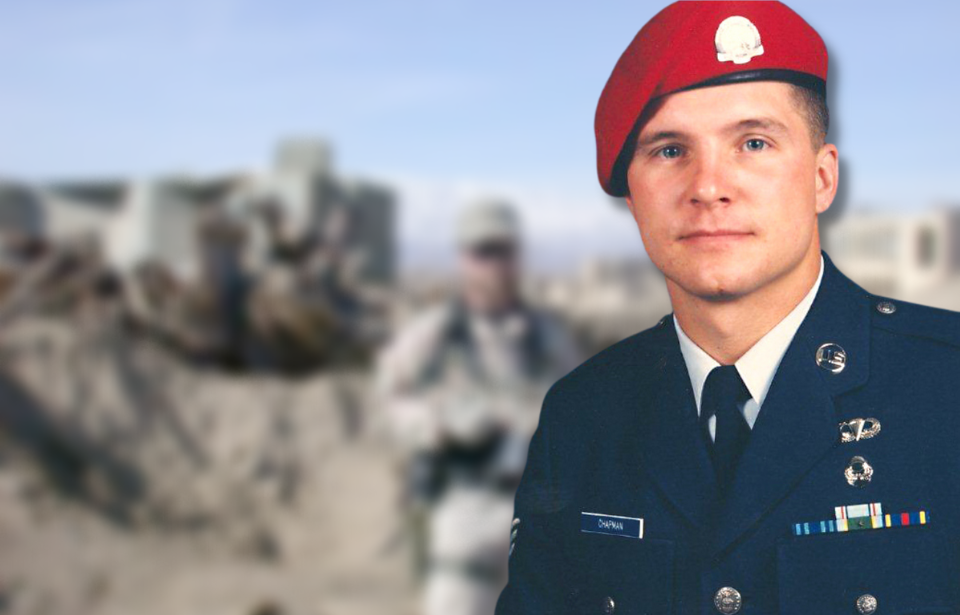There have been many who performed distinct acts of valor and bravery during combat. While the majority are awarded for these actions not long after they occur, some are made to wait over a 15 years. That was the case with Master Sgt. John Chapman, who was presented the Medal of Honor some 16 years after showcasing immense gallantry on the battlefield.
John Chapman’s entry into the US Air Force
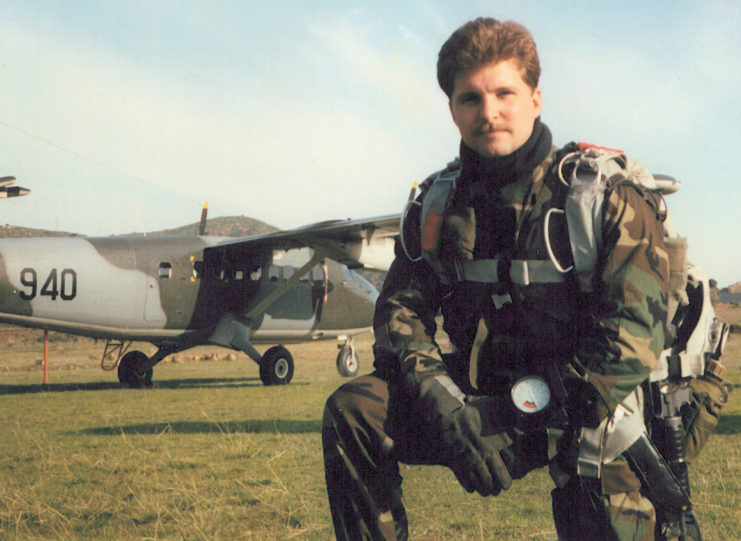
John Chapman was born in 1965, in Springfield, Massachusetts. Eventually making his way to Connecticut, he graduated from Windsor Locks High School in 1983, and enlisted in the US Air Force two years later. At the time he joined the service, the Cold War had not yet ended.
Interestingly, the Soviet Union was fighting in the mountains of Afghanistan during the 1980s. No one knew that, in less than 20 years, it would be America’s turn to slug it out against a determined foe in such treacherous terrain.
Chapman received training in the combat control field, where coordinating fire for ground operations would be his primary duty. This led him to the special operations field, and he eventually wound with the 24th Special Tactics Squadron, which was stationed out of Pope Air Force Base, North Carolina.
With the September 11th attacks rallying the United States around the idea of war, Chapman found himself on a plane headed for Afghanistan – and a rendezvous with military history.
Operation Anaconda
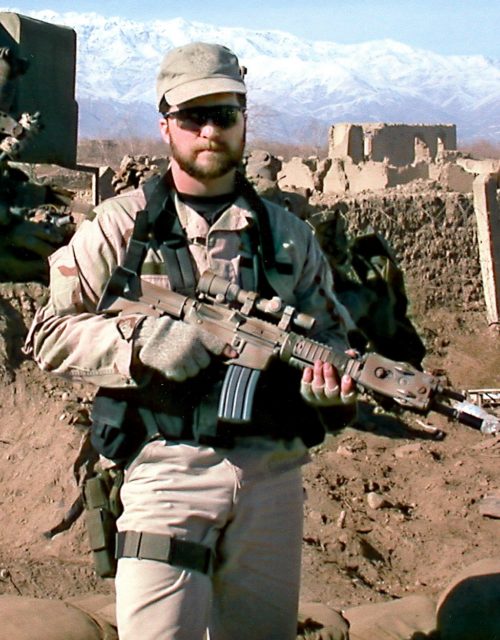
By March 2002, the American invasion of Afghanistan was well underway. The Taliban and Al-Qaeda proved tenacious, and the country’s terrain offered refuge and tactical advantages, which the technologically superior coalition had to combat.
The coalition launched Operation Anaconda, designed to destroy enemy forces in Shahi-Kot Valley and the Arma Mountains. On March 4, John Chapman was aboard a Boeing MH-47E Chinook, with orders to insert with a group of US Navy SEALs in what would become known as the Battle of Takur Ghar.
This engagement would later be the subject of a great deal of scrutiny, as it resulted in heavy losses for the Special Operations community. Whether it was through poor planning or unfortunate luck, Chapman and the Navy SEALs encountered a heavily entrenched enemy force on the hilltop of Takur Ghar.
Thus began one of the more controversial engagements of the War in Afghanistan.
Battle of Takur Ghar
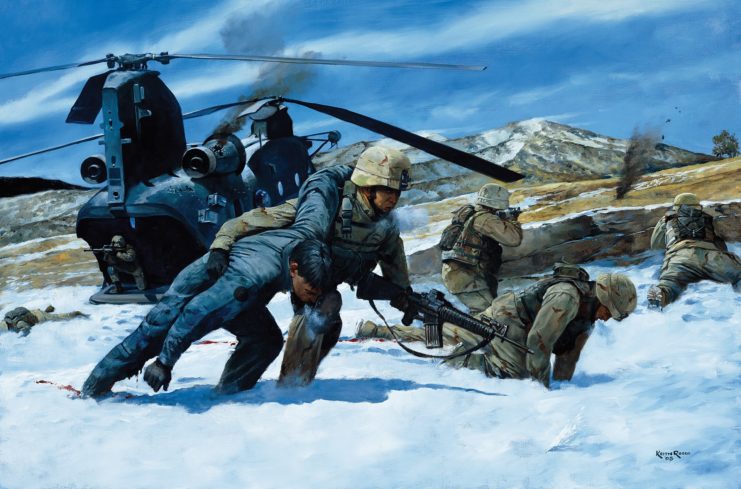
Almost as instantly as John Chapman’s Chinook helicopter arrived, it became riddled with small arms fire and took a direct hit from a rocket-propelled grenade (RPG), resulting in a US Navy SEAL falling from the craft, onto the snow-packed hilltop below.
Unable to do anything to save the man in the moment, the heavily-damaged chopper egressed and landed seven miles away. Without hesitation, Chapman jumped into his assigned role and began to coordinate with a Lockheed AC-130 in the area.
Despite the fact it wouldn’t have been his primary role, Chapman volunteered to rescue the missing Navy SEAL from the enemy stronghold. He came upon the insurgent and killed two instantly while moving onto a second entrenched machine gun. The rescue force then became engulfed in enemy fire.
Despite being heavily wounded, Chapman continued to fight as the team desperately searched for a solution. Believing he’d succumbed to his wounds, the team decided to withdraw.
Controversy arises
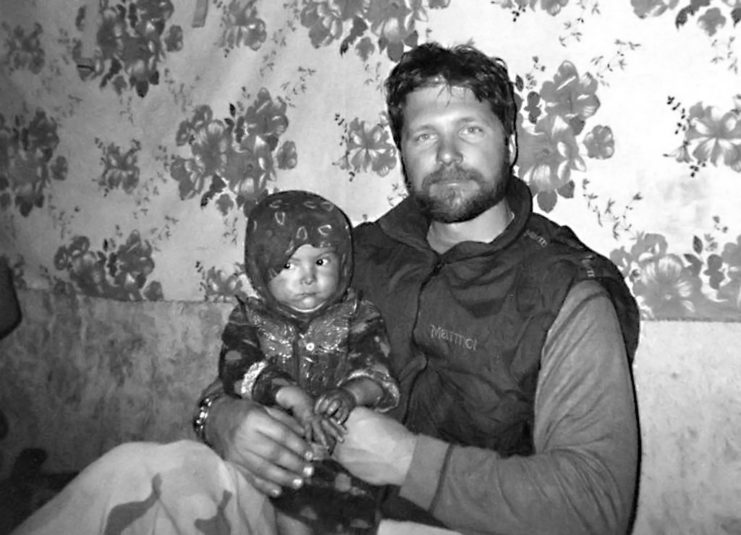
It’s here that controversy would arise and gallantry in the face of all odds would emerge. Many years after John Chapman’s gallant last stand, advancements in video technology revealed shocking additional details.
Chapman had survived the engagement and continued to fight after the team withdrew. In footage, he can be seen fighting enemy combatants, even dispatching one during hand-to-hand combat. He then made his way to a bunker, before a direct RPG hit ended his last stand.
John Chapman is posthumously awarded the Medal of Honor
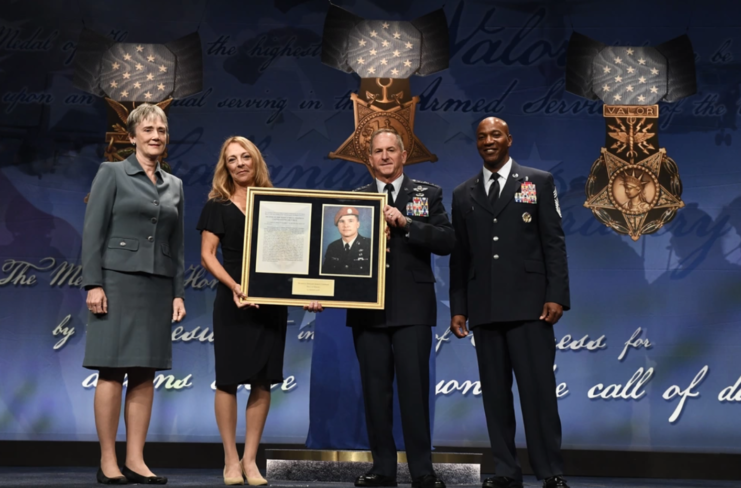
With the new information at hand, John Chapman, who’d posthumously received the Air Force Cross, had his award upgraded to the Medal of Honor. He was also posthumously promoted to master sergeant.
More from us: Gary Wetzel: The MoH Recipient Who Rescued His Commander, Despite Losing His Arm to Enemy Action
While the Battle of Takur Ghar will forever be embroiled in controversy, the gallantry with which Chapman fought until the last moments of his life is beyond contestation. He will forever be enshrined in the halls of military history and has earned the eternal respect of any an all who know that he fought in the now infamous battle.
